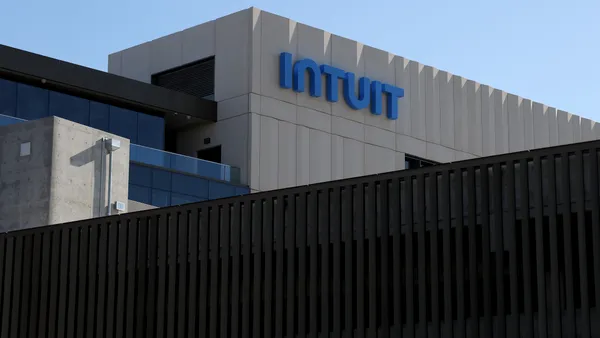Traditional manual processes are giving way to innovative technologies that promise to revolutionize certain aspects of business operations. This premise is particularly true for accounts payable (AP) departments, where the convergence of rising payment fraud, an increasing prevalence of remote work, and a need for streamlined processes drive the demand for automation.
Trending from Manual Processes to Accounts Payable Software
Manual AP processes have long been the backbone of financial operations, but they are losing their relevance in the face of a digital revolution. Manual tasks require extensive time and resources, resulting in delayed decision making, disrupted cash flow management, and an overall lack of real-time visibility and accessibility. Late or miscalculated payments can lead to loss of trust, strained business relationships, and supply chain disruptions.
The Taxing Rise of Check Fraud
Since the pandemic, increasingly sophisticated criminal networks have targeted businesses that rely on checks, as they often lack access to fraud-fighting technologies like AP automation. Some organizations struggle to keep pace with the fraudsters' methodologies and face financial loss and reputational damage. This surge in fraud instances is overwhelming investigators, causing prolonged delays for victims attempting to recover their stolen funds.
Remote Work Challenges for Manual AP Processes
The rise of remote work has brought immense flexibility and productivity gains for many industries. However, finance departments, particularly those reliant on manual processes and paper-based documents, find themselves grappling with unique challenges. Situations where employees cannot access their office – such as remote work – often lead to obstacles in accessing physical documents, collaborating effectively, or maintaining efficiency.
The Opportunity: Embrace AP Automation for a Secure, Streamlined Future
Amid these challenges, the finance industry stands at a critical juncture. Manual AP processes are becoming increasingly unsustainable, making a strong case for embracing automation. By implementing automated AP solutions, organizations can modernize their operations, prevent check fraud, and simplify processes for remote workers.
-
Enhanced Efficiency: Automation significantly accelerates routine tasks such as data entry, invoice matching, payment processing, and approval workflows for quicker decision making and improved cash flow management. Automation also saves time for your AP team, allowing them to focus on more strategic tasks
-
Reduced Fraud Risk: Automated systems have advanced security measures like encryption, multi-factor authentication, vendor and payment validation, audit trails, and real-time monitoring. These tools effectively minimize the risk of payment fraud.
-
Remote Accessibility: Automated AP systems help remote workers access invoices, documents, and approvals from anywhere, facilitating collaboration and productivity. When invoice approvers, accountants, and other AP personnel have more work flexibility and job satisfaction, it improves the morale and efficiency of your entire team.
-
Real-Time Visibility: Automation provides instant visibility into accounts payable predictive analytics and financial data, allowing better forecasting, reporting, and strategic decision making. This holistic picture of the company's economic well-being empowers leaders to pinpoint potential cash-flow challenges and optimize resource allocation.
-
Cost Savings: Organizations can significantly reduce AP-related costs by eliminating the need for extensive manual work. These savings can come from labor, ERP/accounting tools, transaction fees, paper, envelopes, and postage.
Implement Automated AP Solutions to Gain a Competitive Edge
As we navigate the challenges presented by rising payment fraud, remote work dynamics, and the limitations of manual AP processes, it is imperative to introduce automation. The journey toward a modernized AP department is not just a technological shift, it's a strategic move that will shape the future of finance operations. By harnessing the power of automation, businesses can realize a secure and efficient financial structure that is prepared to thrive in the digital age.










